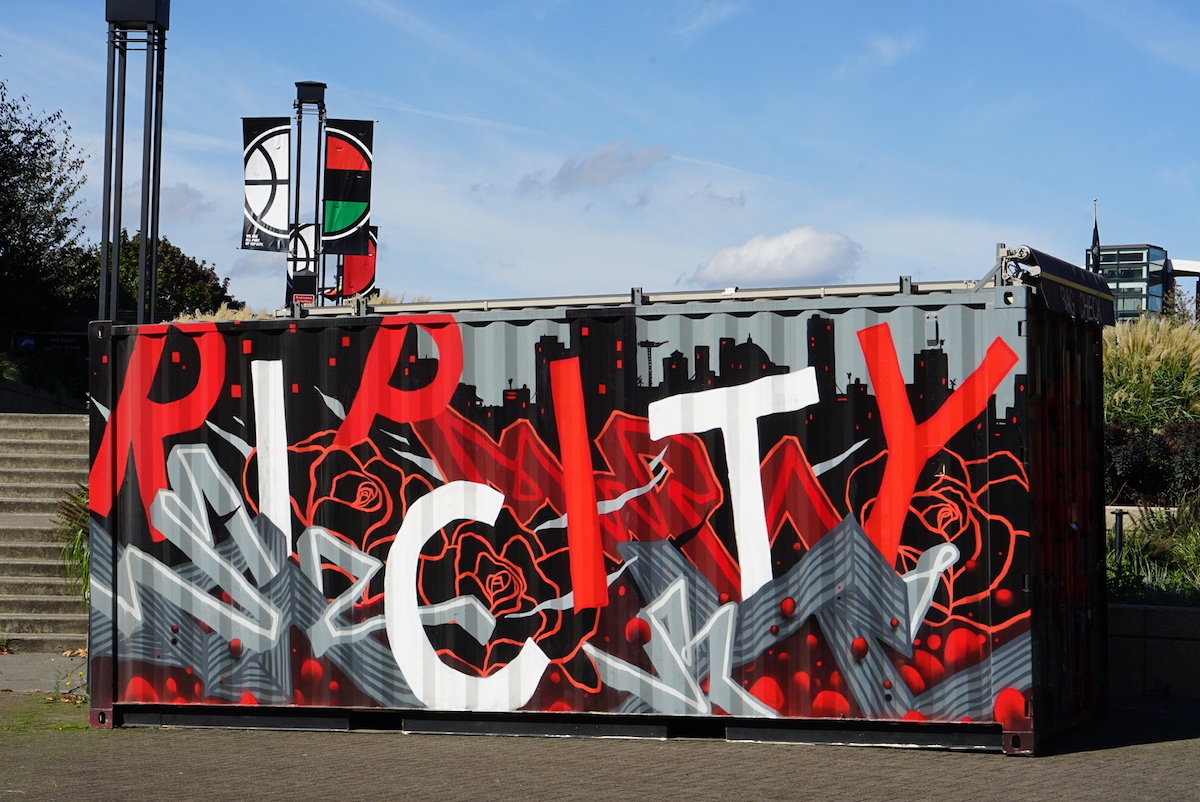Cuban Medical school reaches out to minority Americans
Two years ago, Cuban President Fidel Castro electrified a New York City audience when he announced that Cuba would provide free medical training to hundreds of low-income Americans.
Today, nearly 60 Americans are studying medicine along with several thousand other foreign students at the Latin American School of Medical Sciences, a sprawling former naval academy on the outskirts of Havana.
The American students are from New York, New Jersey, Minnesota and a dozen other states. Most are black and Latino. Some are poor, others middle class.
There are graduates from elite universities who said they were drawn by Cuba’s culture and politics. There are others who didn’t finish college. Some students said they couldn’t resist the idea of becoming a doctor without spending a dime.
“I can’t say that I came here only to make a political statement,” said Rachel Hardeman, 23, a Minneapolis resident and graduate of Xavier University of Louisiana. “My main goal is to become a doctor, an excellent doctor.”
A chemistry major and Spanish language minor in college, Hardeman said she was preparing to apply to U.S. medical schools when her mother sent her an article about Castro’s scholarship offer. Hardeman said she made the decision to study medicine in Cuba in early August. Three weeks later she was in Cuba.
“I never dreamed I’d end up here,” she said. “But I was sympathetic to Cuba and always wanted to study in a Spanish-speaking country.”
Training doctors for free – even in Cuba – seems like an idea above reproach, an offer so generous that any criticism appears petty and unwarranted. The students have all pledged to return to the United States upon graduation to work in needy communities.
But the scholarship program has become more fodder for dispute in the tangled relationship between Cuba and United States, with critics seeing it as just another attempt by Castro to thumb his nose at the giant to the north. It also has been sucked into the broader debate about whether capitalism or socialism produces better doctors and which country has a more humane society.
Several American students said they were attracted to the program because they believe Cuba’s health-care system – widely regarded as among the best in the developing world – creates compassionate doctors who, unlike their U.S. counterparts, view medicine as a service rather than as a commodity. Cuban physicians generally earn about $30 a month.
The Rev. Lucius Walker, head of the Interreligious Foundation for Community Organization, a New York-based group that recruits students for the program, said that Castro’s scholarship offer wouldn’t be necessary if American medical schools opened their doors wider to disadvantaged minorities.
“Cuba didn’t create the discrimination against black people (by) U.S. medical schools,” Walker said. “That’s a U.S. phenomenon.”
Jordan Cohen, president of the Association of American Medical Colleges, acknowledged that blacks and other minorities are under-represented in U.S. medical schools, despite programs to recruit them. Minorities comprise only 12 percent of the medical school population, according to official statistics. But Cohen worries the Cuban medical education may not be rigorous enough to prepare students for the tough examinations that all foreign med-school grads must pass before they can enter training programs and practice medicine in the United States.
The early numbers are not encouraging, although more recent arrivals say they are better prepared. Only two of the first eight Americans who started the program last year are still in medical school. Reflecting the discipline and rigor of all Cuban schools, the Americans live in spartan dorm rooms without hot water or toilet seats. They share a telephone and eat food – including bread, milk, rice, beans and pork – that while adequate is hardly sumptuous.
The students are required to make their beds daily and their dorm rooms are inspected once a week. They wear uniforms to class. Room and board are included in their scholarships and the students receive an additional monthly stipend of $5.


